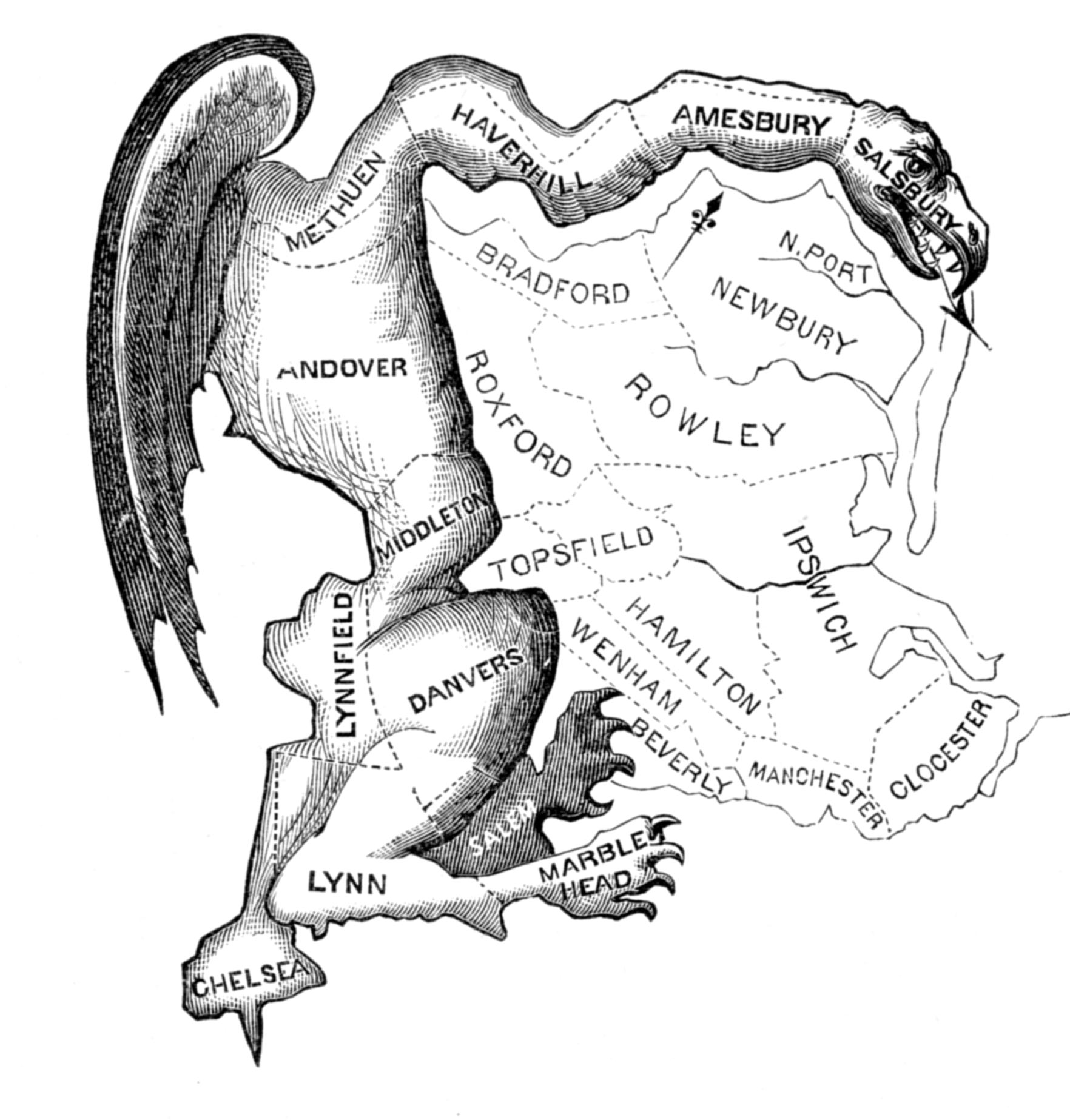Stand up Texas, and fix redistricting

*What happens in Texas regarding voting district lines could well define what happens to gerrymandering across the country. This is an important case for all voters and candidates. VL
By Al Kauffman, NewsTaco (6.5 minute read) 
On July 10-14, Texas will again have to defend its intentionally discriminatory congressional and Texas House districts.
But Texas leaders have a choice. They can settle the case and develop just plans that can be used in 2018 without disruption and confusion. Or they can continue to fight the cases and likely end up with districts they would not prefer — and continued confusion and acrimony in the election process.
Do the governor, lieutenant governor, House speaker and attorney general want to lead the state to an agreement? Or delay and blame the resulting confusion on others?
Texas has more than enough time to do this right.
Let me explain some of the constraints on the state, the parties and the courts in this case, and describe scenarios likely to occur if our leaders choose the wrong options.
A three-judge federal court in San Antonio decided that the Texas congressional plan for at least four of the 36 Texas districts and at least 15 of the 150 Texas House of Representatives districts discriminated against Texas Latinos and African-Americans. The court agreed with the plaintiffs on some issues and the state on others. These judges spent years working on the cases and wrote 800 pages of findings, explaining in incredible detail how the Texas districts violate the law.
The court has now set an aggressive schedule of final proceedings. The court made clear that it will develop a remedy in time for the 2018 elections. The courts have recognized powers to change the schedule for filing for offices and primaries, voter registration and other parts of the election process.
However, Texas may avoid all this confusion and develop a plan closest to the state’s priorities if it can settle the cases and the Legislature passes new plans for Texas congressional and Texas House districts. The new plans could have been passed in the Texas Legislature now in session. After the session, the governor could call a special session focused only on these redistricting cases.
This is not a naïve or cynical suggestion.
The record in this case is clear. The judges and the parties are familiar with the issues. The experienced attorneys on both sides, and ultimately the judges, are familiar with the legal weaknesses and strengths of existing plans. They know what parts of each district were drawn with the effect and intent to discriminate. The parties might still fight over the details, but they are all well aware of what the judges have found so far, and they have a well-informed idea what further relief the judges will give.
This is the time to settle the case.
Settling the case will allow the state to follow its schedule for preparing new voter registration cards and candidate filings for the primaries, as well as the schedule for primaries and the general election. The deadline for filing for the primaries for the House and Congress is Dec. 11.
It will not be easy to convince the Legislature to settle the case — and potentially weaken the chances of some members to be re-elected. But the state is going to lose on the issues in the litigation, and the leadership and attorneys must convince their colleagues that it will be better to settle than to have the court draw districts based on the plaintiffs’ suggestions.
The court held that the Texas plans had both the effect and intention to discriminate. This is the most negative holding the court could make against Texas. Most redistricting cases are decided only on the basis of the discriminatory effect of the plans; courts usually do not make the additional finding that the state intentionally discriminated. But this court, based on a very rich and “smoking-gun” record, found intentional discrimination.
So what will happen if the Texas fights the case all the way to the Supreme Court?
The state can fight at the hearings July 10-14. Given the detailed findings already made on 2011 redistricting, Texas will almost surely lose that case.
Then the court will follow precedent and give Texas the first shot at drawing a remedy for the violations. If Texas draws a plan, the parties will have a chance to challenge it. However, courts are required to give deference to a state-drawn plan that meets the findings in the case, and the state will be in a much better position if it has drawn a plan to meet the court’s concerns. If the state does not draw a plan to meet the court’s order, the plaintiffs may submit their plans. The court will make changes to remedy the discriminatory parts of the plan, and will either accept the plaintiffs’ proposals or draw a plan of its own to address all the weaknesses in the state plan.
Given the court’s statement that it wants this case over in time for the 2018 elections, this will all take place this summer or early fall. Then the state may appeal that order to the Supreme Court, which would almost surely not decide the appeal until after the beginning of its session in October. The Supreme Court could either affirm the district court order or send it back to the district court for more hearings and another plan — which would likely go through another round of appeals.
This is not like the case on the constitutionality of the Voting Rights Act.
This is a case in which the Supreme Court will have to review federal judges’ detailed fact findings on discrimination in this decade, written in incredible detail and an evenhanded way. The Supreme Court is likely to respect and affirm these judges’ findings.
Meanwhile, if the case is not settled, there will be significant confusion and concern among the population — specifically among existing officeholders in the districts in question and people planning on running in the primaries and general election.
What possible advantages does the state have in delaying the process? It will take less courage to fight the battle for many months than to read the court’s decisions with an eye toward solving the problems and make the necessary changes. It is easier to blame the courts for the changes than to admit some of the failures of the previous redistricting. It will be easier to blame the courts and plaintiffs for the inevitable last-minute changes and confusion than for the state to take responsibility for the situation and solve it now.
What are the disadvantages of not settling the case?
Texas has a long history of fighting and losing voting cases, and there is almost no chance Texas will win on all the issues. This case will follow the 90 years of Supreme Court cases Texas has lost in its effort to fight minority voting rights. The long fight will cause incredible and unnecessary confusion in voter registration offices and candidate planning, and the interest of the entire state in having fair districts to elect members of Congress and the Texas House. Attorney fees will add up quickly.
The court has the power to put Texas back under the pre-clearance provisions of the Voting Rights Act, and the court is keenly aware of that power and responsibility. Continuous fighting to the death in voting cases will weigh heavily toward the necessity of placing Texas again under a preclearance rule.
Preclearance would have made this litigation move much faster and resulted in a fairer plan sooner. The judges know that, and so do those of us who have worked in the courts for decades.
Texas leaders: Bite the bullet, show your courage and settle the cases.
Al Kauffman is an expert in civil rights and constitutional law, and a professor at the St. Mary’s University School of Law.

